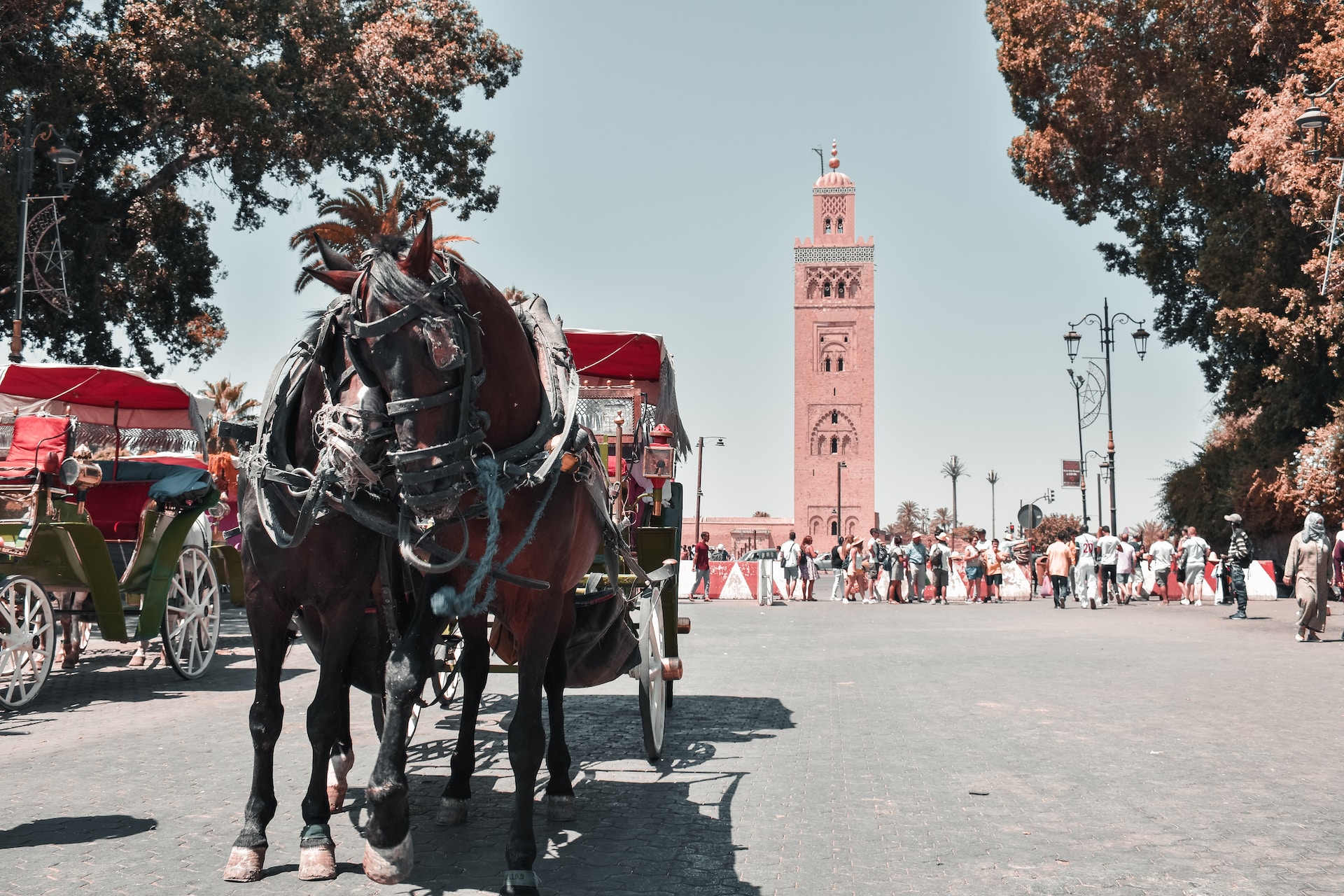Transportation in Manila is a complex and often chaotic system that can be overwhelming for both locals and visitors alike, with a mix of old and new infrastructure, a variety of modes of transportation, and heavy traffic congestion that can make getting around the city a challenge. But with the right information, it is possible to navigate the city’s transportation network and make the most of your time in Manila.
Getting to Manila from other cities in the Philippines is relatively easy, with a variety of options available depending on your budget and time constraints. The most popular option for long-distance travel is by bus, with many companies operating routes to and from Manila from cities all over the country. Another option is to take a flight, with Manila’s Ninoy Aquino International Airport (NAIA) serving as the main gateway to the Philippines. NAIA is located in the Pasay City, and has four terminals.
Once you’re in Manila, there are a number of ways to get around the city. The most popular option is by jeepney, which are small, colorful vehicles that can take you to most destinations within the city for a very cheap fare. Another option is by tricycle, which are similar to jeepneys but are smaller and can navigate through the smaller streets. Taxis are also widely available, and are a good option for those looking for a more comfortable and air-conditioned ride. The downside is that the traffic is congested, so it can take a long time to get to your destination.
For those looking to avoid traffic, the metro rail system is a good option. The Light Rail Transit (LRT) and the Metro Rail Transit (MRT) are the two main trains that run through the city and connect to different parts of Manila. The LRT runs through the northern part of the city, while the MRT runs through the southern part of the city. Both train systems are relatively cheap and efficient, but can be crowded during peak hours.
For those who prefer to travel by car, it’s important to note that traffic in Manila is notoriously bad, and driving can be a frustrating experience. If you do choose to drive, be prepared to deal with heavy traffic, aggressive drivers, and a lack of clear road signage.
The ease of transportation in Manila can vary depending on the mode of transport and the time of day. During peak hours, traffic congestion can make it difficult to get around, and the trains can be overcrowded. However, outside of peak hours, transportation is generally quite easy and efficient.
The cost of transportation in Manila is relatively low compared to other major cities in Southeast Asia. Jeepneys and tricycles are the cheapest option, with fares usually around PHP 8-10 (0.15-0.18 USD) per ride. Taxis and trains are slightly more expensive, but still relatively affordable.
Safety is a concern when it comes to transportation in Manila, particularly for those who are not familiar with the city. It is important to be aware of your surroundings and to take precautions when travelling, such as avoiding travelling alone at night and keeping valuables out of sight.
In conclusion, transportation in Manila is a complex and often chaotic system that can be overwhelming for both locals and visitors alike, but with the right information, it is possible to navigate the city’s transportation network and make the most of your time in Manila. Whether you choose to take jeepneys, tricycles, trains, or taxis, be prepared for heavy traffic, and take necessary precautions to ensure your safety.



